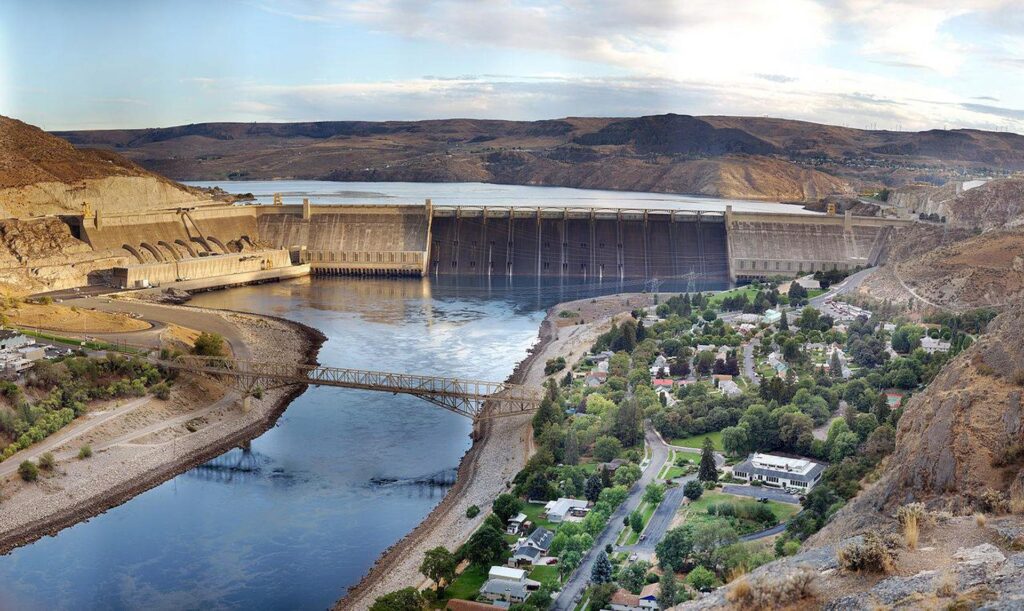What’s a coulee? In this part of the country, it refers to the dry canyons gouged out by the Glacial Lake Missoula floods that roared through here several times up until around 13,000 years ago. This breathtaking landscape will leave you wondering if the rest of the world really exists.
It might happen when you gaze up at the expansive blue skyline or after you wind through a coulee and its shadow withdraws from your windshield. Or it might happen when the clean smell of sagebrush hits you like a tonic after a dusty hike to a desert plateau. It could happen when you jump off a boulder into a deep blue lake and are shocked by how warm it is.
Find fishing lakes, desert hikes, little shops, dusty museums, willow-shaded parks and the fields that grow your food. Take a boat to a lakeshore campsite, or stay the night in a cowboy town. Once you experience the world of the Coulee Corridor, you will never forget it and always want to return.
Key points of interest:
- Dry Falls – This is one of the great geological wonders of North America. Carved by Ice Age floods that long ago disappeared, the former waterfall is now a stark cliff, 400 feet high and 3.5 miles wide.
- Grand Coulee Dam – Built during the depression-era between 1933 and 1942, Grand Coulee Dam is the largest concrete structure ever built and remains one of the engineering marvels of the modern world. A 50-minute guided tour is free of charge to the public and available only on a first-come, first-served basis.
